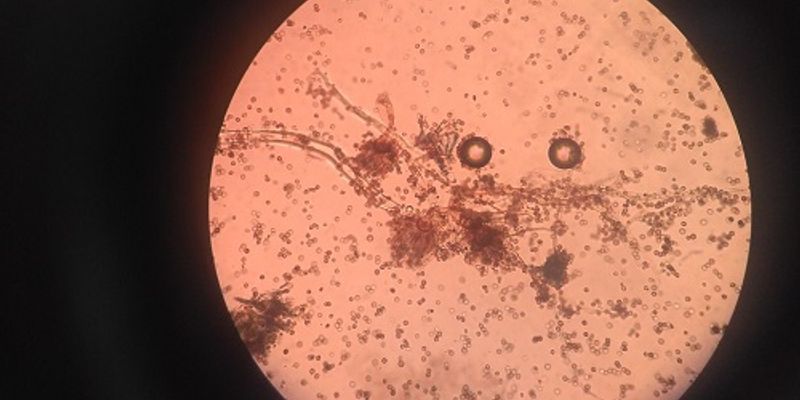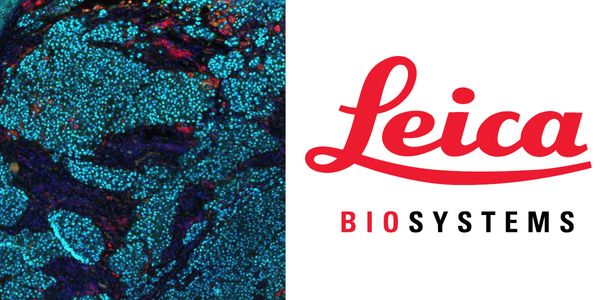MAR 13, 2018 | 8:00 AM
DATE: March 13, 2018TIME: 08:00am PDT, 11:00am EDT, 4:00pm CETNew technological developments in automated Hematology analyzers continue to transform the hematology laboratory. Today, he...
FEB 27, 2018 | 8:00 AM
DATE: February 27, 2018TIME: 8:00AM PST, 11:00AM EST The complexity of the manufacturing process of probiotic supplements, along with increased demand and strict criteria f...
Most cell cycle assays amount to counting cells and/or measuring DNA content and deconvolving the resulting histogram into G1, S, G2+M, or G1, S, G2, and M. Considerable effort has been...
In order to expand the treatment options of cancers driven by oncogenic RAS, new cell surface targets need to be identified and characterized. Here, we describe mass spectrometry based phenot...
















